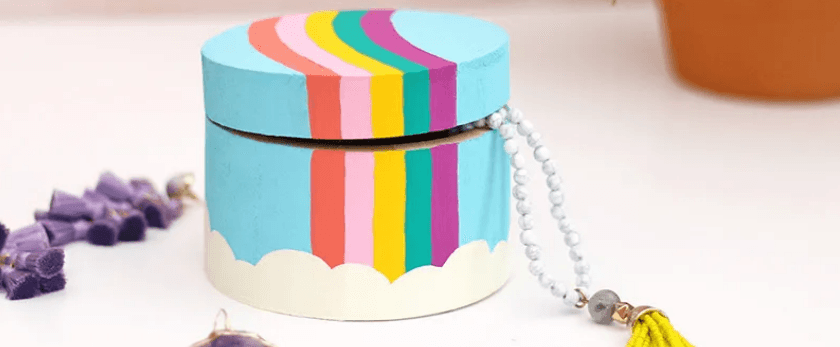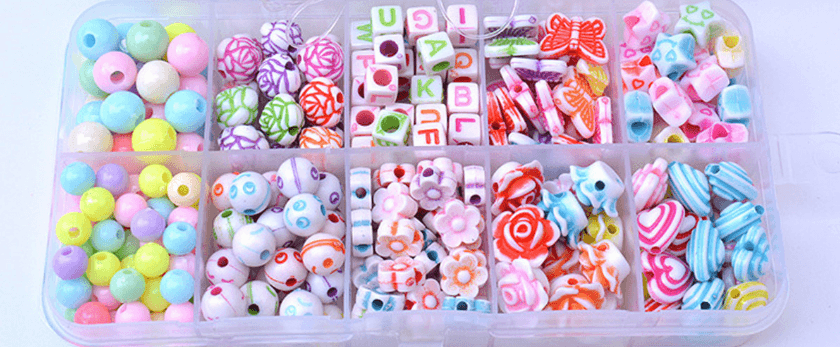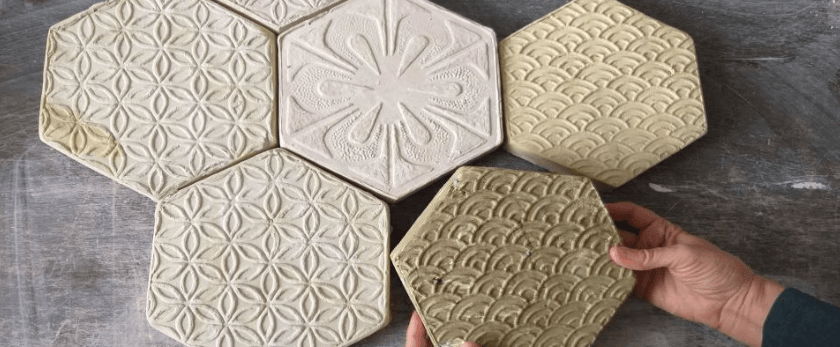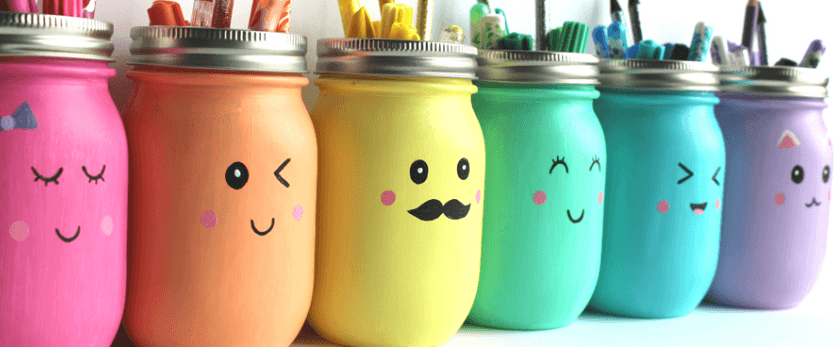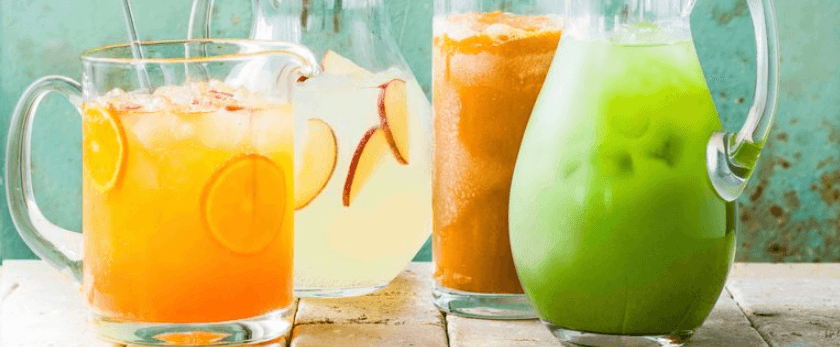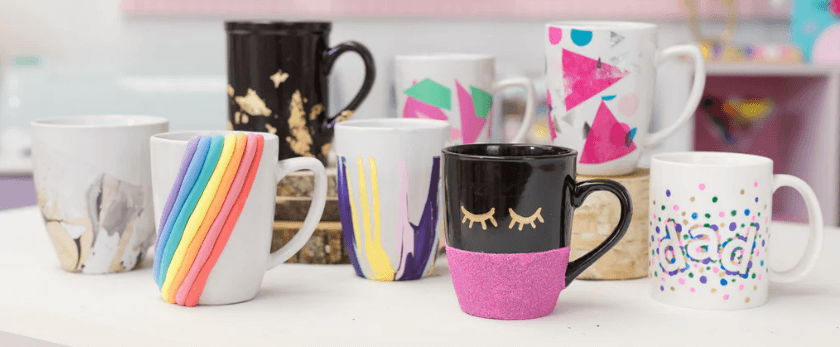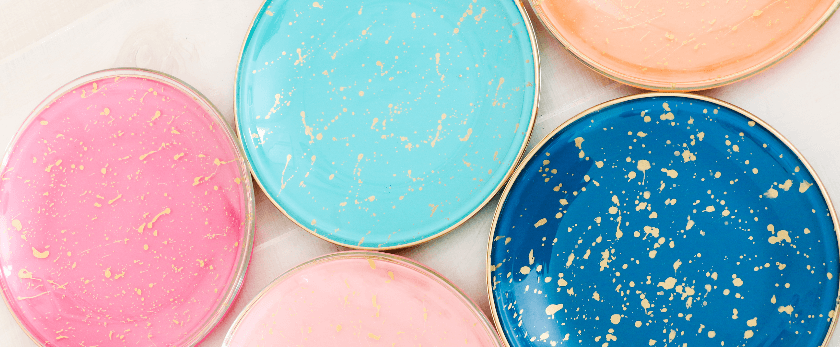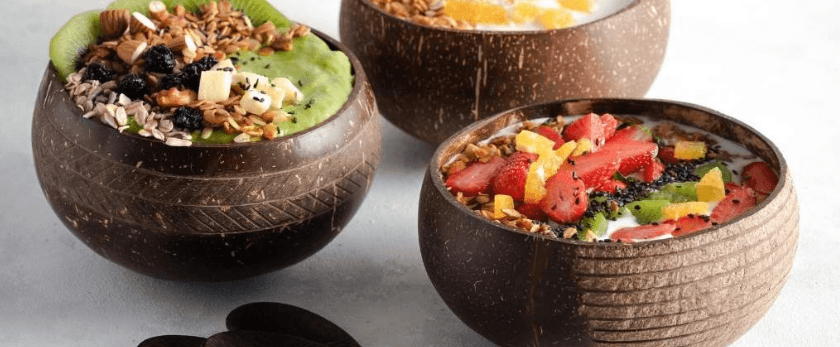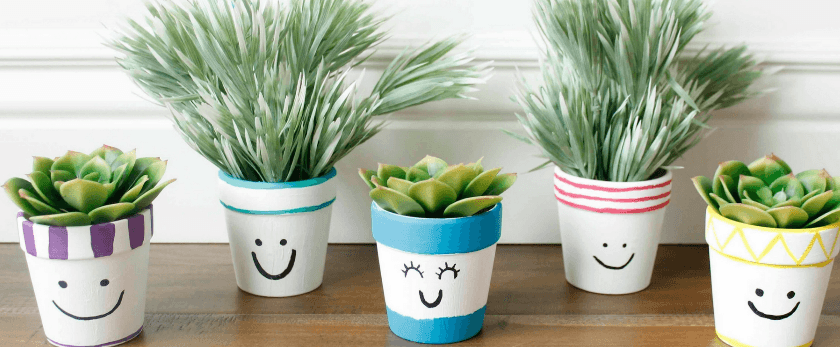In today's world, where environmental concerns are at the forefront of our minds, it's important to consider the impact of our daily choices on the planet. From the food we eat to the products we use, every decision we make can have a significant effect on the environment. One area that often goes overlooked is our bedding, specifically pillowcases.
You may not realize it, but the pillowcases you use can have a negative impact on the environment. From the materials used to make them to the way they are disposed of, traditional pillowcases contribute to pollution and waste. However, there is a simple solution that not only benefits the planet but also allows you to express your creativity and save money – making your own pillowcases at home.
Why Traditional Pillowcases are Bad for the Environment
Before we dive into the benefits of homemade pillowcases, let's first understand why traditional pillowcases are harmful to the environment. Here are some key reasons:
- Made from synthetic materials: Most pillowcases on the market are made from synthetic materials such as polyester, nylon, or microfiber. These materials are derived from non-renewable resources and require a significant amount of energy to produce. They also release harmful chemicals into the environment during the manufacturing process.
- Chemical dyes and finishes: Traditional pillowcases are often treated with chemical dyes and finishes to achieve vibrant colors and wrinkle-resistant properties. These chemicals can be harmful to the environment and can also cause skin irritation and allergies.
- Short lifespan: Due to the low-quality materials used, traditional pillowcases have a short lifespan and need to be replaced frequently. This leads to more waste in landfills.
- Non-biodegradable: Synthetic materials used in traditional pillowcases are non-biodegradable, meaning they do not break down naturally and can take hundreds of years to decompose. This adds to the growing problem of plastic pollution in our oceans and landfills.
Why Making Your Own Pillowcases is Better for the Environment
Now that we understand the negative impact of traditional pillowcases, let's explore why making your own is a more sustainable option. Here are some key reasons:
- Use of natural and sustainable materials: By making your own pillowcases, you have control over the materials used. You can opt for natural and sustainable fabrics such as organic cotton, linen, or bamboo. These materials are biodegradable, renewable, and require less energy to produce.
- No harmful chemicals: When you make your own pillowcases, you can avoid the use of chemical dyes and finishes. This not only benefits the environment but also your health.
- Longer lifespan: Homemade pillowcases are often made with higher quality materials and can last longer than traditional ones. This means less waste and fewer replacements needed.
- Customizable and unique: Making your own pillowcases allows you to get creative and add a personal touch to your bedding. You can choose from a variety of fabrics, patterns, and designs to match your style and preferences.
- Cost-effective: Homemade pillowcases can save you money in the long run. While the initial cost may be higher, the longer lifespan and ability to reuse materials can result in significant savings over time.
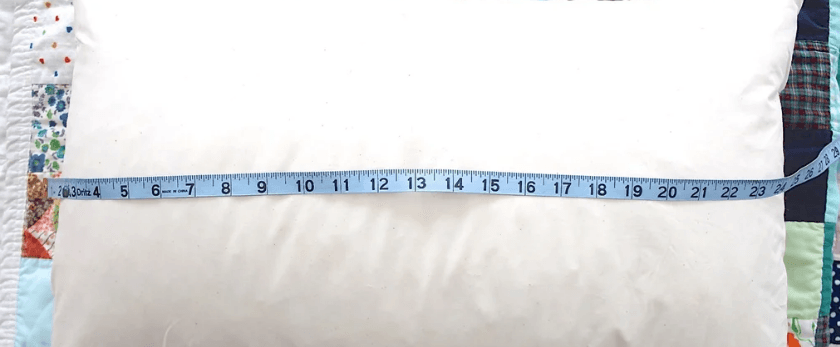
What You'll Need to Make Homemade Pillowcases
Making your own pillowcases is a simple and fun DIY project that requires minimal materials. Here's what you'll need:
- Fabric: As mentioned earlier, you can choose from a variety of natural and sustainable fabrics. Make sure to wash and iron the fabric before starting the project.
- Sewing machine or needle and thread: You can use a sewing machine for faster and more precise stitching, or you can hand-sew if you prefer.
- Scissors: A good pair of fabric scissors is essential for cutting the fabric.
- Measuring tape: This will help you get accurate measurements for your pillowcase.
- Pins: These will help keep the fabric in place while sewing.
- Optional: If you want to add a decorative touch to your pillowcase, you can also use buttons, ribbons, or embroidery thread.
How to Make Homemade Pillowcases: Step-by-Step Guide
Now that you have all the necessary materials, let's get started on making your own pillowcases. Follow these simple steps:
- Measure and cut the fabric: Measure your pillow and add an extra inch to the length and width for seam allowance. Cut the fabric to the desired size.
- Fold and pin the fabric: Fold the fabric in half, right sides together, and pin the edges. Make sure to leave one end open for inserting the pillow.
- Sew the edges: Using a sewing machine or needle and thread, sew the edges of the fabric, leaving a ½ inch seam allowance. Make sure to backstitch at the beginning and end to secure the stitches.
- Turn the pillowcase inside out: Carefully turn the pillowcase inside out through the open end.
- Iron the pillowcase: Iron the pillowcase to remove any wrinkles and give it a crisp look.
- Optional: Add decorative elements: If you want to add buttons, ribbons, or embroidery, now is the time to do so.
- Insert the pillow: Insert your pillow into the pillowcase through the open end.
- Sew the open end: Fold the open end of the pillowcase inwards and sew it shut using a sewing machine or needle and thread.
Congratulations, you have successfully made your own homemade pillowcase! Repeat the process to make as many pillowcases as you need.
Responsible Disposal of Old Pillowcases
Now that you have your new homemade pillowcases, it's important to dispose of your old ones responsibly. Here are some options:
- Donate: If your old pillowcases are still in good condition, consider donating them to a local charity or thrift store.
- Repurpose: You can also repurpose old pillowcases for cleaning rags, dust covers, or even as a reusable grocery bag.
- Recycle: If your pillowcases are made from natural materials, you can recycle them with other textiles at a recycling center.
- Compost: If your pillowcases are 100% cotton or linen, you can cut them into small pieces and add them to your compost pile.
Conclusion
In conclusion, making your own pillowcases is a simple and effective way to reduce your environmental impact and add a personal touch to your bedding. By using natural and sustainable materials, avoiding harmful chemicals, and extending the lifespan of your pillowcases, you can make a positive contribution towards a greener, more eco-friendly lifestyle. So why not give it a try and see the difference it can make for yourself and the planet?

